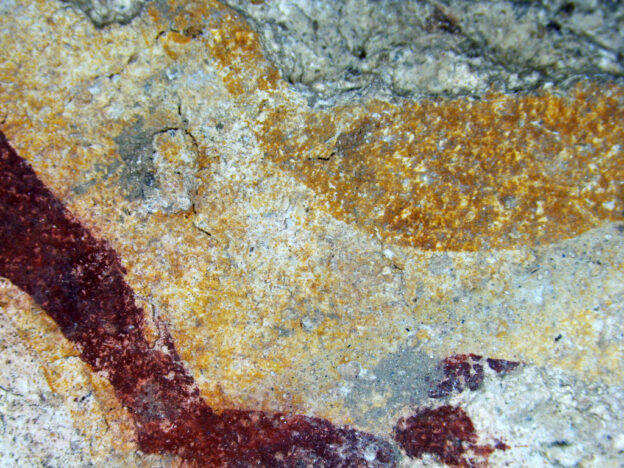
Romania
Romania’s research strategies and priorities are designed by the Ministry of Research, Innovation and Digitalization (MCID), with further contributions in the field of cultural heritage from the Ministry of Culture (MC). Funding opportunities for CH research are being implemented via the Executive Agency for Higher Education, Research, Development and Innovation Funding (UEFISCDI), as well as dedicated lines in the yearly calls for projects from the Romanian Order of Architects (OAR).
Research strategies and priorities
National level
The main body directing the research priorities in Romania’s cultural heritage landscape is the Ministry of Culture (MC), through the National Institute of Heritage (INP).
While not being expressed directly as research priorities, nor with research and/or innovation being a set criteria for winning, projects funded through the Administration of the National Cultural Fund (AFCN) can have a research component.
Other funding opportunities arise from the Romanian Order of Architects (OAR), whose dedicated funding line for research projects invites cultural organisations, cultural institutions, individuals practicing architecture or the local branches of OAR to apply.
Complementary mapping activities that can provide information to back future policies are being conducted by the National Institute for Cultural Research and Training (INCFC), subordinated to the Ministry of Culture, as the only national institute studying, researching and providing statistical data for the field of culture, as well as the ongoing training of those who choose a career in the occupational sector of culture (cultural heritage included).
Regional level
The EU 2021-2024 Work Programme is one of the main guidelines that has added value for cultural heritage research in Romania, as it has facilitated the exchange of best practices across countries.
Programmes and calls for cultural heritage
UEFISCDI regularly holds calls for projects under the Cluster “Heritage and cultural identity”. There are also specific topic-related calls, such as the Historic Monuments Stamp or the Annual plan for systematic archaeological research in Romania, proposed by the National Archaeological Commission (CNA).
Complementary forms of funding
UEFISCDI regularly holds calls for projects under the Cluster “Heritage and cultural identity”. There are also specific topic-related calls, such as the Historic Monuments Stamp or the Annual plan for systematic archaeological research in Romania, proposed by the National Archaeological Commission (CNA).
EU joint actions: state of the art and future opportunities
EU Work Programmes interactions with national/regional level
National and regional priorities are being addressed by EU priorities, such as the content and the orientation of the National Strategy for Research and Innovation and of the afferent National Plan as main instrument of its implementation.
European actions’ added value
The EU 2021-2024 Work Programme brought on a more holistic approach to heritage, including with digital technologies.
While not specifically targeting cultural heritage, the “Strategic Agenda Partnerships” subprogram 5.6.1 is a relevant guiding document, due to the fact that it aims at boosting the impact of research and development activities so as to address societal challenges.
Romania’s Horia Hulubei National Institute for R&D in Physics and Nuclear Engineering (IFIN-HH) is also one of the main institutions involved in the study and conservation of cultural heritage, and it is active in E-RIHS (European Research Infrastructure for Heritage Science), so as to create a national node that would better structure research in heritage science in Romania.
Looking ahead
There are several areas of cultural heritage research areas that would benefit from being addressed at EU level, rather than at national or regional level, such as documented European history or architecture, as well as aspects related to the environment and intangible heritage components (such as traditions).

